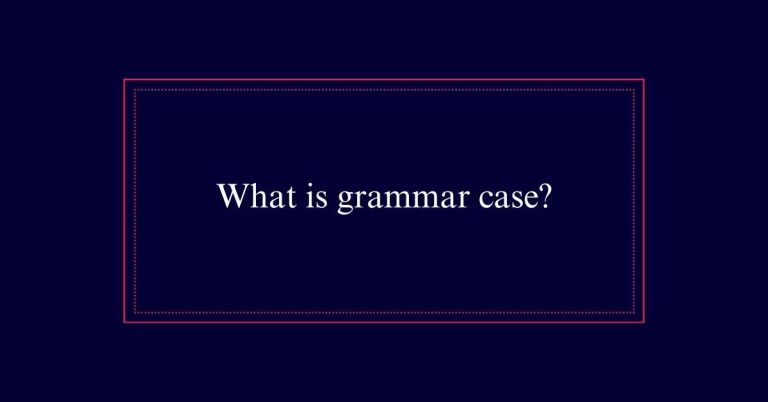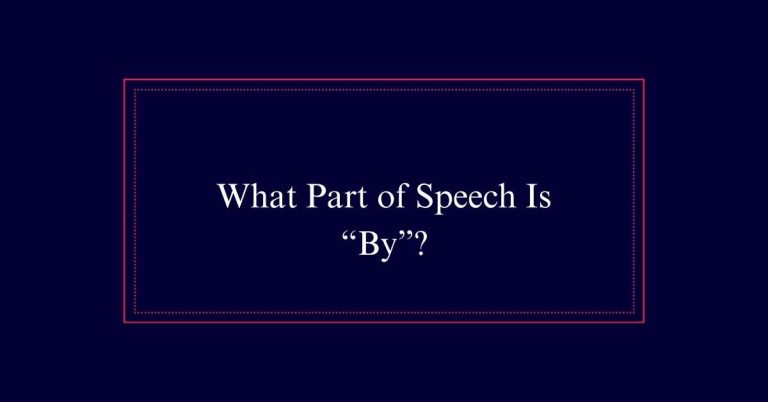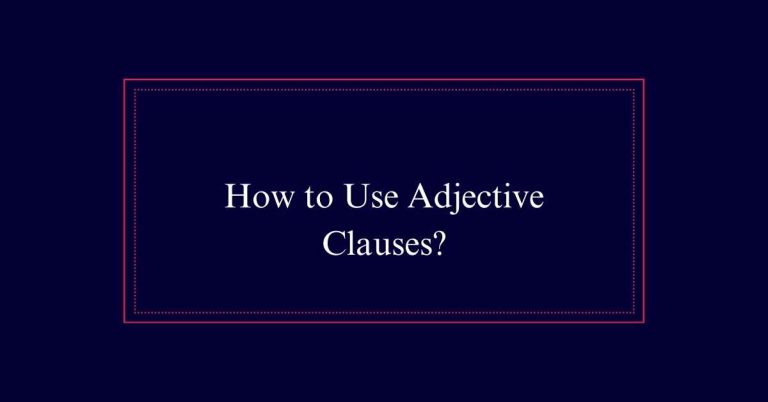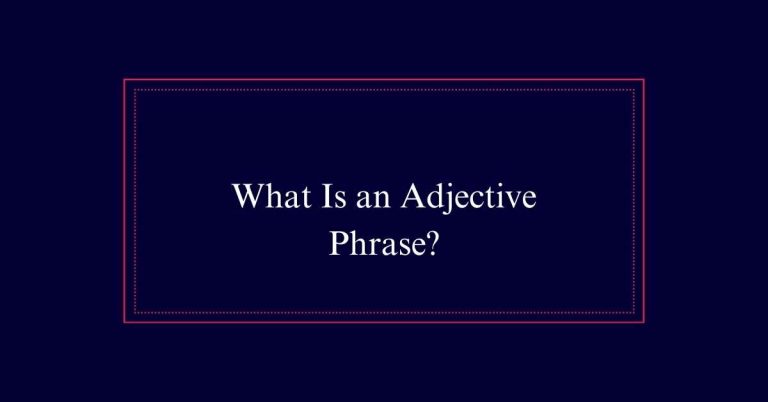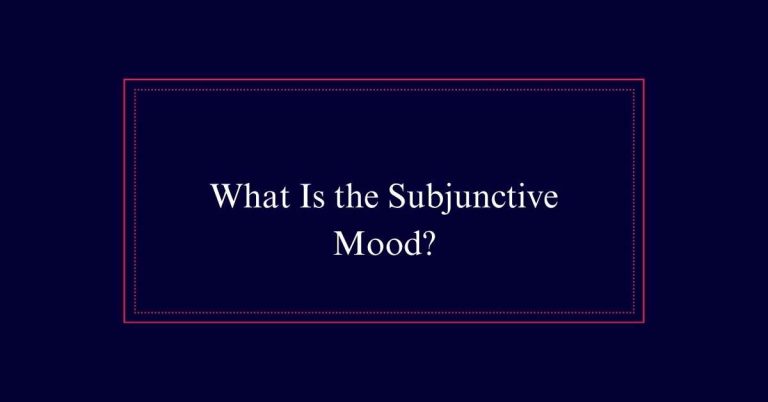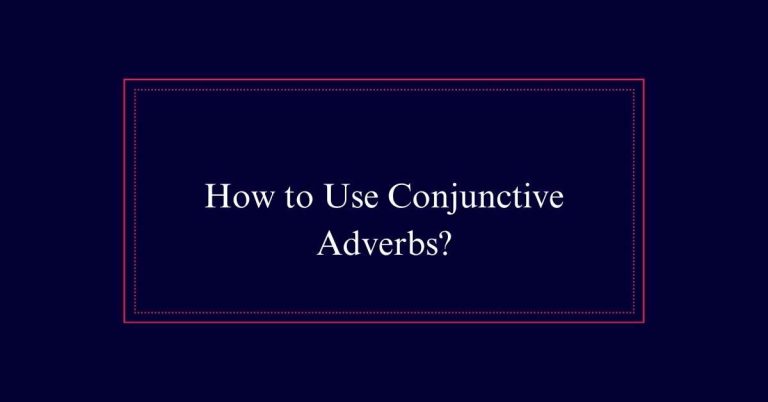What Are Compound Adjectives?
Compound adjectives are combinations of two or more words that function together as a single adjective to describe a noun. They enhance clarity and add specificity. These can be formed in closed, hyphenated, or open forms.
Proper hyphenation is essential to avoid confusion, especially with numbers or superlatives. For example, ‘well-known author’ and ‘high-speed train.’ Adverbs ending in ‘-ly’ do not require hyphens in compound adjectives, like ‘highly skilled worker.’
Definition of Compound Adjectives
Compound adjectives are combinations of two or more words that function together as a single adjective to describe a noun. They provide specific details about the noun they modify, enhancing clarity.
For example, ‘well-known author’ combines ‘well’ and ‘known’ to describe the author. These adjectives can be formed using various components such as nouns, verbs, and adjectives. The purpose is to convey a precise meaning that a single adjective might not fully capture.
Forming Compound Words
Forming compound words involves combining two or more words to create a single term that conveys a specific meaning. These words can be nouns, adjectives, or other parts of speech.
Compound words can be written in three forms: closed (e.g., ‘notebook’), hyphenated (e.g., ‘mother-in-law’), or open (e.g., ‘ice cream’). The form chosen often depends on standard usage and context.
Some compound words evolve over time, starting as open forms and eventually becoming closed forms. Understanding how to correctly form and use compound words is essential for clear and effective communication.
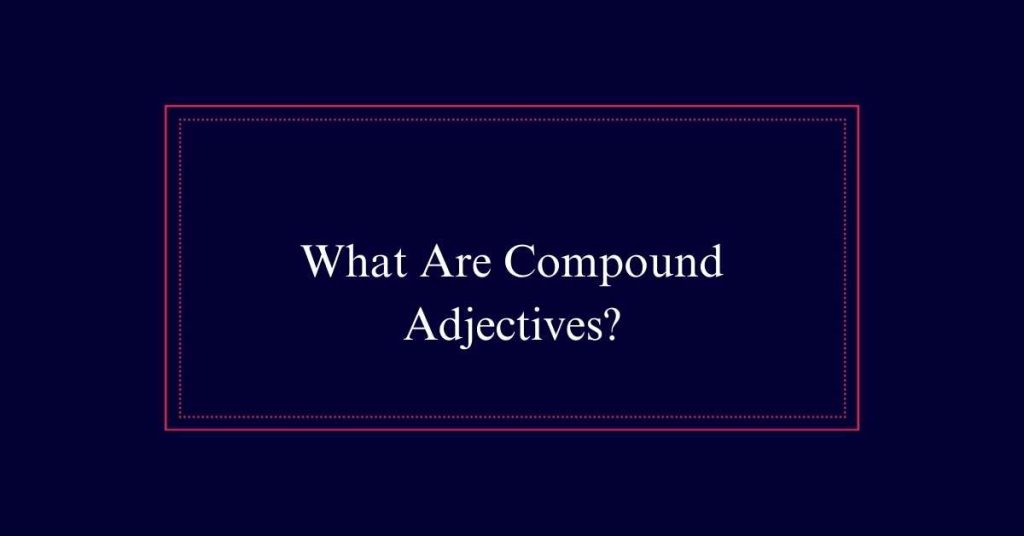
Role in Describing Nouns
Understanding how compound words are formed sets the stage for exploring how compound adjectives play an essential role in describing nouns. Compound adjectives provide more specific and nuanced descriptions.
For example, ‘high-speed train’ offers a clearer image than just ‘train.’ These combinations add precision, enabling readers to understand the exact nature of the noun being described.
For instance, ‘well-known author’ and ‘full-time job’ convey distinct and specific qualities, making the information richer and more informative. By combining words, compound adjectives enhance clarity and detail in communication.
Hyphen Usage Rules
Hyphens are important in compound adjectives to guarantee clarity and prevent misinterpretation. They link words together to show they work as a single unit. Without hyphens, the meaning can become confusing. For example, ‘well-known author’ is clear, but ‘well known author’ might be misunderstood.
Here are some key points:
- Avoid confusion: Hyphens help avoid ambiguous meanings.
- Professional appearance: Proper hyphenation looks polished and professional.
- Smooth reading: Hyphens make reading easier and more fluid.
In compound adjectives with numbers, such as ‘five-year-old child,’ hyphens are essential. However, when an adverb ends in ‘ly,’ like ‘highly regarded expert,’ no hyphen is needed.
Open Compound Adjectives
While hyphens are often essential for clarity, open compound adjectives present unique cases where hyphens are not needed.
Open compound adjectives consist of two or more words that work together to describe a noun but remain separate and unhyphenated. Examples include ‘high school student’ and ‘real estate market.’ These adjectives are commonly found in everyday language and are easily understood without hyphens.
The context usually provides enough clarity to convey the intended meaning. For instance, in the phrase ‘high school teacher,’ it is clear that ‘high school’ modifies ‘teacher’ without requiring a hyphen.
Closed Compound Adjectives
Closed compound adjectives are formed by combining two or more words into a single term without spaces, often using hyphens. These adjectives create a unified description, enhancing clarity and precision in writing. Examples include ‘wellknown,’ ‘highspeed,’ and ‘oldfashioned.’ Closed compound adjectives are particularly useful for:
- Creating vivid imagery: Transforming simple descriptions into more dynamic expressions.
- Avoiding ambiguity: Ensuring that the intended meaning is clear and unmistakable.
- Enhancing readability: Making text more engaging and easier to comprehend.
Hyphens With Numbers
In compound adjectives containing numbers, hyphens are generally necessary to guarantee clarity. This is especially important to avoid ambiguity in descriptions. For instance, ‘a 5-year-old child’ clearly specifies the child’s age, while ‘a 5 year old child’ could be misinterpreted.
Here’s a quick reference table to illustrate correct hyphen usage:
| Example | Correct Usage |
|---|---|
| A ten-foot pole | A ten-foot pole |
| A 20-minute presentation | A 20-minute presentation |
| A 100-meter race | A 100-meter race |
Superlatives and Hyphens
When forming compound adjectives with superlatives, hyphens are used before nouns to enhance clarity. This helps the reader understand the intended meaning without confusion. For example, in ‘the highest-quality materials,’ the hyphen connects ‘highest’ and ‘quality,’ showing they function together as a single descriptor.
Consider these benefits:
- Enhanced Readability: Hyphens make complex phrases easier to read.
- Clear Communication: They prevent misinterpretation by clearly linking words.
- Professional Appearance: Proper hyphenation reflects attention to detail.
Adverbs in Compound Adjectives
Adverbs in compound adjectives do not require hyphens. When an adverb ends in ‘-ly’ and is paired with an adjective to describe a noun, no hyphen is needed. For example, in ‘highly skilled worker,’ the adverb ‘highly’ modifies ‘skilled’ without the use of a hyphen.
This rule helps maintain clarity and readability in sentences. Adverbs like ‘very,’ ‘quite,’ and ‘well’ also follow this pattern. For instance, ‘well known author’ does not need a hyphen.
However, be cautious with adverbs that do not end in ‘-ly,’ as they might still require hyphens.
Special Cases Explained
Understanding special cases in compound adjectives is essential for mastering their correct usage. Certain compound adjectives follow unique rules. For instance, when a compound adjective begins with an adverb ending in ‘-ly,’ a hyphen is not necessary. Examples include ‘highly skilled’ and ‘widely accepted.’
Additionally, compound adjectives with proper nouns, such as ‘Shakespearean-inspired’ or ‘American-made,’ should be hyphenated to clarify meaning.
Consider these points to avoid confusion:
- Having a clear understanding of when to use hyphens enhances readability.
- Proper punctuation in compound adjectives guarantees precise communication.
- Incorrect hyphenation can lead to misunderstandings and ambiguity.

